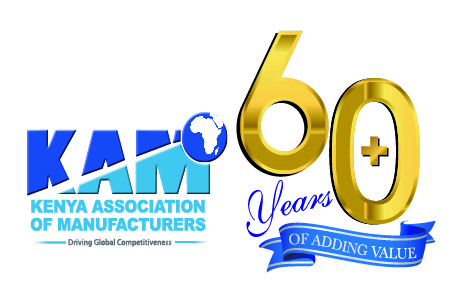We Need to Change our Attitude on Waste
By Flora Mutahi
There will be 1.4 billion more people in cities around the world in the next 8 years and each person will be producing an average of 1.42kg of municipal solid waste per day, according to the World Economic Forum. For a country with high ambitions for our economic growth and poverty reduction, such as ours, what do these numbers mean?
Occupying a massive 30-acre space in Nairobi lies an answer that is easily attainable. The current state of the Dandora dumpsite is the embodiment of the impact of environmental neglect on our lives. It is the stark reality that demonstrates that no matter how much gentrification we undertake we still have yet to solve a fundamental problem in our city.
Dandora is also a physical representation of our collective attitude towards waste and responsibility. Customarily, we have made it such that, as long as we do not see the waste that we are generating then it doesn’t exist. This has become a part of our culture so much so, that when the dumpsite became overwhelmed and the spillover found its way to our neighbourhoods and gated communities, we still are unwilling to see it and acknowledge that it is getting out of control.
While waste generation is a natural part of healthy living, it becomes a threat if the systems in place are not sufficient to manage it properly. An increasing population, coupled with the dynamic needs of the society, continue to magnify and complicate the amount and kind of waste that is generated, demanding an equally sophisticated system to deal with this complex problem. This means our perceptions and attitudes on waste have to change. We should stop distancing ourselves from a problem that is present in all aspects of our lives and start immersing ourselves in finding out how best to manage it for our benefit.
Creating waste markets
Economies around the world have resulted to creating waste markets to turn their waste into an economic resource and to enrich the livelihoods of many. According to the Journal of Waste Management, by the year 2018, revenues generated through waste management will be amounting to $60 million in the USA alone – which though impressive can be tripled if this practice is embraced by more countries in the world. The global Municipal Solid Waste is also expected to generate about $297 Billion by the year 2020.
A waste market operates just like any other market, where buyers and sellers transact and the laws of demand and supply apply. Waste pickers are very fundamental to the waste value chain because they provide the waste at the volumes and frequency required by those who will recycle or sell to recyclers. From our current situation we can establish that waste, is readily available – all we need is a structured system to ensure that there would be fair competition in this waste market. This structure would in the first instance ensure that waste management (economic) activities are devolved. Secondly, in order for this waste market to be a reality, a structured system would discourage a monopoly ensuring the licensing of qualified vendors and recyclers to trade freely. Competition means effective, dynamic and increasingly improved waste management methods. Sellers would have networks of pickers who can collect from numerous diverse locations in order to meet market demands. This will provide employment of opportunities for a lot of people.
Should this market operate and run effectively, the taxes collected as it thrives should enable county governments to subsidize or provide free waste recovery services for specific areas whose households cannot afford to pay for waste collection. The waste recovered herein still finds its way into the market and is able to be processed for reuse or for the creation on new items and products.
Waste to Energy
For a country that has been championing green energy solutions this ideally should be music to our ears. We are accustomed to thinking that green energy solutions come from wind, water and solar, rightly so. However waste is also a very critical resource in providing green energy solutions. Waste that is created, for example, when foods such as meats and vegetables are being processed is monumental. Nonetheless other countries in the world have used it successfully as a raw material for heat, electricity and methane gas. In America, industries in this sector have set partnered with their government to set up waste to energy plants as a long lasting solution to their waste problems. Global Change Biology’s research on waste to energy states that we cut global carbon emissions by 80% if we used garbage to make biofuels.
There is a lot of research and many practical examples all over the world on how to turn waste into something more meaningful as it will always be a part of our lives. Locally we have trailblazers who have turned waste tyres into shoes and décor; Kenyan artist, Cyrus Kabiru who uses trash to make his masterpieces now showcased globally. There is also Alternative Energy Systems, which is a company in Kiambu that uses a conversion technology to turn waste tires and plastic into industrial oil.
The solutions for waste management, as I mentioned, are within reach, we just need an attitude adjustment and the will to turn it into a resource.
The writer is the Chairlady of Kenya Association of Manufacturers and can be reached on info@kam.co.ke
Looking for elevation? KAM lifts you up.
- Direct technical assistance
- Capacity building programmes
- Networking and mentorship
- Industry insights & analysis
- Trade & export development services
